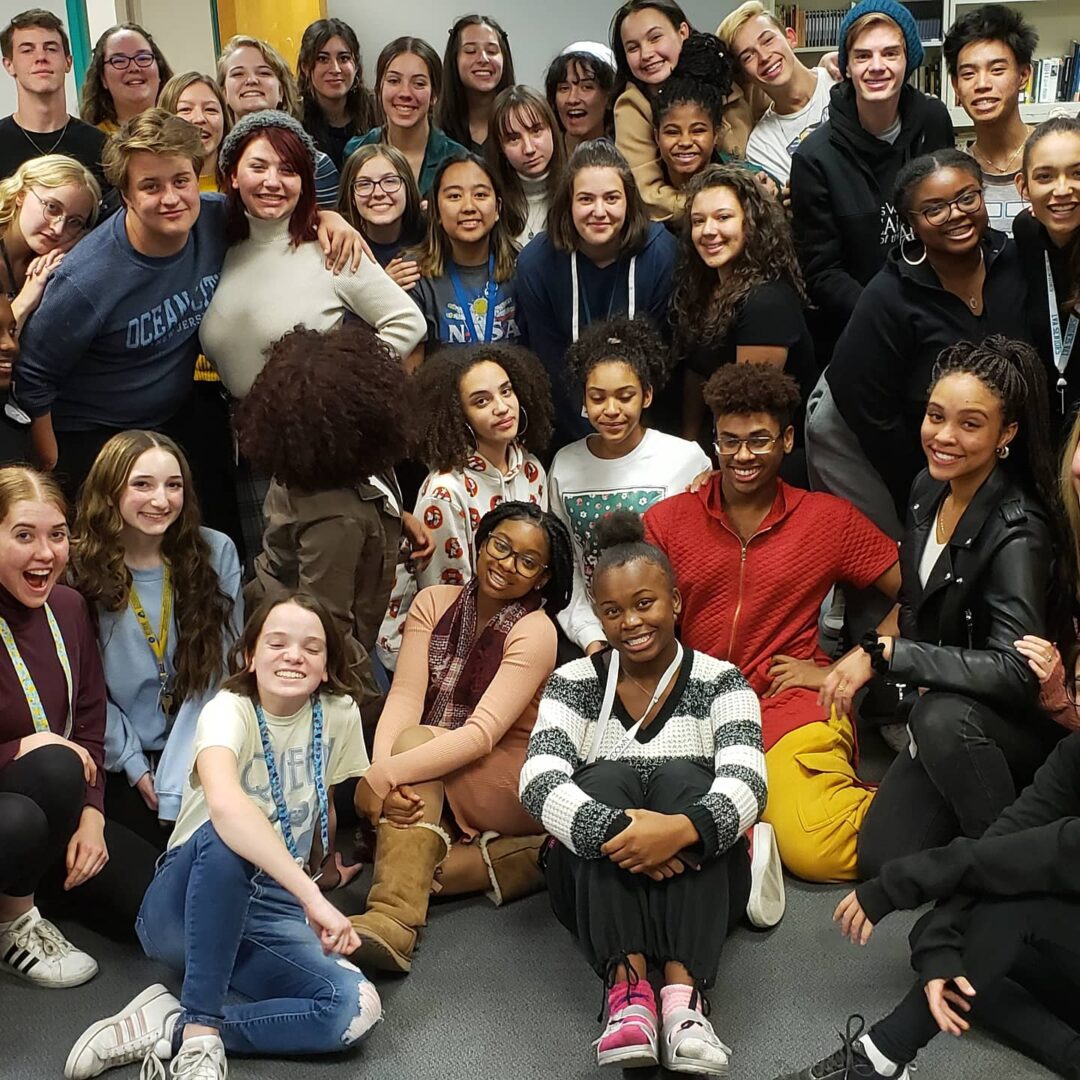Equity in Theatre Education

Equity in Theatre Education
Color Blind Casting VS. Color Conscious Casting
Color bling casting came into practice in the 1960’s in professional theatre, but rarely is it practiced in educational theatre. We can define color blind casting as the practice of casting without considering the actor’s ethnicity, skin color, body shape, sex, and/or gender. I have always practiced color-blind casting as an educator and it has gotten me in trouble at times, like when a parent was upset that his white daughter would be seen in a romantic relationship with a black boy on stage. The parent wanted me to re-cast the boy. I did not and offered to recast the girl if she was uncomfortable. It was a lead role in a musical and she fought like crazy to stay in the role and eventually won over her parents in the matter. It has also confused my students at times as they would try to come up with backstories for a multi-racial on-stage family, but I’ve always stuck to my guns about casting the best person for the role, regardless of ethnicity or skin color. I believe this practice has opened up doors that were previously shut for many students, but recently the discussion of color conscious casting has made me question whether or not I was sincerely providing equity in my theatre education programs.
Color conscious casting is the practice of taking into consideration the actor’s skin color, body shape, and other characteristics. For example, Lin Manuel Miranda made color conscious casting decisions when casting Hamilton. Christopher Jackson, who originated the role of George Washington, said “It was a very powerful choice to take the idea of these men and present them through the bodies and vessels of Black and brown actors. It represents the fact that our role in building this country has never truly been acknowledged, and I think it opened up the audiences’ minds to the spirit of what these men meant, even if they were woefully incapable of living it out in their own experiences.”
Theatre is a medium for storytelling. Sometimes those stories are specific to a race, gender or ethnicity and need to be told in that way, but sometimes the story is one that is reflective of humanity itself, and therefore, should be told through any and all kinds of humans. If we keep telling the same stories on stages in our public schools, in the same way we’ve done for the past 60 years, then aren’t we just perpetrating inequality in education? Professional development training for educators and administrators about providing equity education and social-emotional well being for students, is very popular right now. But does any of that matter when the school play or musical doesn’t reflect equality or equity because of the material that is deemed “appropriate for schools” is material that only tells the stories of white America? Even if the educator routinely practices color blind casting (like I did), does that really create equity in educational theatre? What if color conscious casting became a more common practice in public school theatre programs? Would that help students see and feel stories more inclusively?
Theatre educators may need to take a more color conscious approach and make sure that included in our casting are students of all races, genders and physical abilities so that people in our schools and communities are more equitably represented. Of course, this presents the problem of “if they don’t audition, I can’t cast them,” but every theatre educator does some form of recruiting, so maybe it’s just a matter of recruiting with a more color conscious approach. Does this create another layer of competition for the students auditioning? Yes, of course it does. So what? The BIPOC student has been competing for room on the stage for forever. Does this mean that theatre educators may have train people that haven’t traditionally been part of their program? Yes, it does and again, so what? That’s our job as educators. The performing arts programs in schools have the opportunity to reflect a commitment to equity in education in a way that is real and tangible. I think equity is crucial to the healthy mental development of our students and I would like to see that the stories we tell on stage reflect our true communities. Whether students are involved in theatre on stage, backstage, or in the audience, they should feel that they are a part of the story being told.
